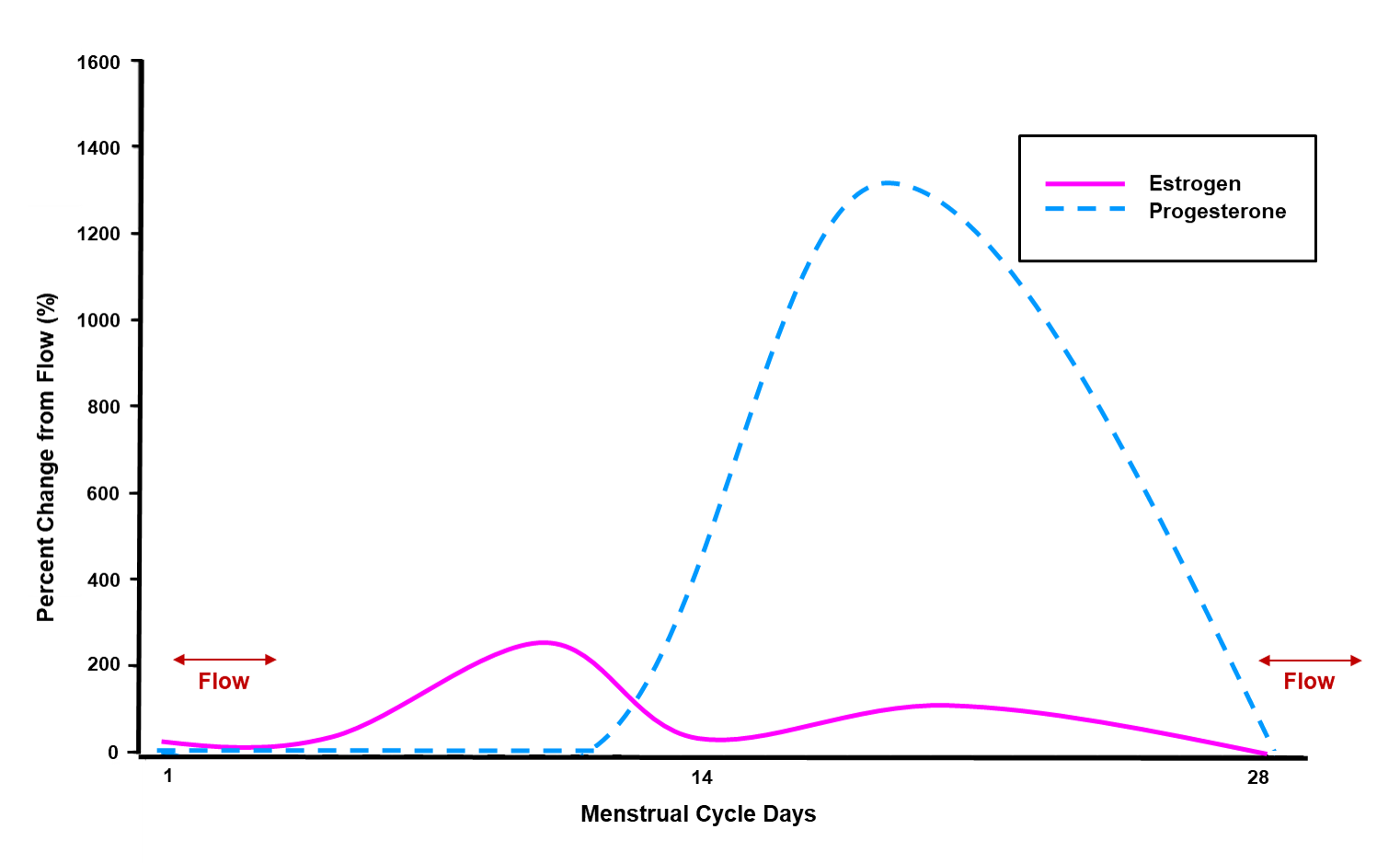Hormone levels are a central aspect of polycystic ovary syndrome (PCOS), and exposure to hormones as a foetus has significant consequences for the girl as an adult. Elevated androgens and Anti-Mullerian hormone (AMH) as a foetus alter the hormonal balance of girls after they reach puberty.
However, adult hormones are heavily influenced by diet and lifestyle, and common features of women with PCOS are:
1. Insulin
Elevated insulin levels in the blood (hyperinsulinemia) is the body’s way of balancing sugar levels that would otherwise be poisonous. Hyperinsulinemia is a common (but not essential) feature of PCOS and is most common in overweight and obese women. The raised insulin stimulates the ovaries to produce more androgens (mainly testosterone) than normal.
2. Androgens
Elevated androgen levels (hyperandrogenism) are core features of PCOS. The primary male hormone is testosterone, which is produced in greater quantities than usual by the ovaries. Testosterone is an essential hormone for female health (as estrogen and LH are for male health), and the increased testosterone production is a response to abnormal levels of other hormones, especially raised insulin and LH.
3. Luteinizing hormone
Excessive luteinizing hormone (LH) released from the anterior pituitary gland overstimulates the ovary. A burst of this hormone is essential to trigger ovulation in regular cycles, and the constantly high level seen in PCOS women makes it hard for an “LH surge” to occur. In healthy women, the LH: FSH ratio is 1: 1, and in women with PCOS, the ratio is often 2.7: 1.
High LH levels and an unbalanced ratio stimulate the ovaries to produce more testosterone than normal. This hormonal imbalance occurs independently of BMI, making it particularly interesting to average weight PCOS women who don’t have insulin resistance. i Elevated LH can affect women for several reasons, including:
- Elevated insulin levels
- Low dopamine levels (a brain chemical that alters pleasure and reward feelings)
- Fast GnRH secretions. GnRH is released from the hypothalamus and controls the sex hormone axis, and one cause of “fast GnRH secretions” is elevated AMH levels
- Diet
4. Sex-Hormone Binding Globulin
Low levels of Sex-Hormone Binding Globulin (SHBG) are often an issue in PCOS. SHBG is a protein that’s made in the liver, and it attaches to sex hormones. It acts as a “buffer” and normally reduces sex hormone bio-availability to just 1-2%.
When SHBG levels are low, the availability of sex hormones (like testosterone) increases. Although testosterone levels are normal, the lack of SHBG results in circulating testosterone being more biologically available and able to affect the ovaries and other cells. The causes of low SHBG include:
- Obesity
- Hyperinsulinemia
- Hypothyroidism
- Excessive growth hormone
Other causes are:
- Glucocorticoids (like hydrocortisone)
- Androgens
- Progestins (which can be part of fertility treatments)
5. AMH
High AMH (Anti-Mullerian hormone) levels are a constant feature of all women with PCOS, and the hormone is produced in medium to large-sized follicles in the ovaries. AMH levels are so diagnostic of PCOS that the experts suggest that it replaces follicle numbers as a PCOS criteria. This is partly because the new ultrasound machines have advanced so much that follicle numbers set in 2003 have become obsolete. ii Elevated AMH levels have several unwanted actions as far as PCOS is concerned: iii
- Normal follicular development is inhibited
- Ovulation is inhibited
- It contributes to follicular arrest and the retention of large follicles in the ovaries
- Higher levels are predictive of poorer responses to PCOS treatments, including weight loss, ovulation induction and ovarian drilling
Not only does high AMH inhibit ovulation, but its actions also promote the further development of PCOS and hinder therapies that can reverse the condition. Research into the role of AMH in PCOS development and management is novel, and hopefully, new insights and treatments will arrive soon.
6. Dehydroepiandrosterone (DHEA)
Between 20-30% of women with PCOS have elevated DHEA, an androgen and precursor of other sex hormones (including estrogens and testosterone) that’s made in the adrenal glands.
7. Cholesterol
Abnormal cholesterol levels (blood lipids) affect about 70% of women with PCOS, and they usually have:
- Elevated LDL “bad” cholesterol, which increases cardiac problems
- Low HDL is “good” cholesterol, and this protects against cardiac problems
These changes are typically due to excess weight and changes in metabolism that follow weight gain.
8. Leptin
Leptin resistance and raised leptin levels are classic features of overweight women with PCOS. The hormone leptin is released from fat cells, and raised levels should reduce appetite and boost metabolism. However, with “leptin resistance” there’s no change in appetite or metabolism, which makes weight management much more difficult. The higher leptin levels are often connected to insulin resistance, metabolic disorder and an increased risk of cardiac disease. Unfortunately, these are all conditions many women with PCOS experience. iv
Of the eight hormonal abnormalities listed above, only three are always present in PCOS:
- Elevated androgens
- High AMH levels
- Elevated LH levels and an unbalanced LH: FSH ratio
ii Didier Dewailly, Diagnostic criteria for PCOS: Is there a need for a rethink? Best Practice & Research Clinical Obstetrics & Gynaecology, Volume 37, 2016, Pages 5-11, ISSN 1521-6934,
iii “Deepika Garg, Reshef Tal. “The role of AMH in the pathophysiology of polycystic ovarian syndrome” Reproductive BioMedicine Online (2016) 33, 15–28
iv Zheng SH, Du DF, Li XL. Leptin Levels in Women With Polycystic Ovary Syndrome: A Systematic Review and a Meta-Analysis. Reprod Sci. 2017 May;24(5):656-670. doi: 10.1177/1933719116670265. Epub 2016 Oct 26. PMID: 27798245.




